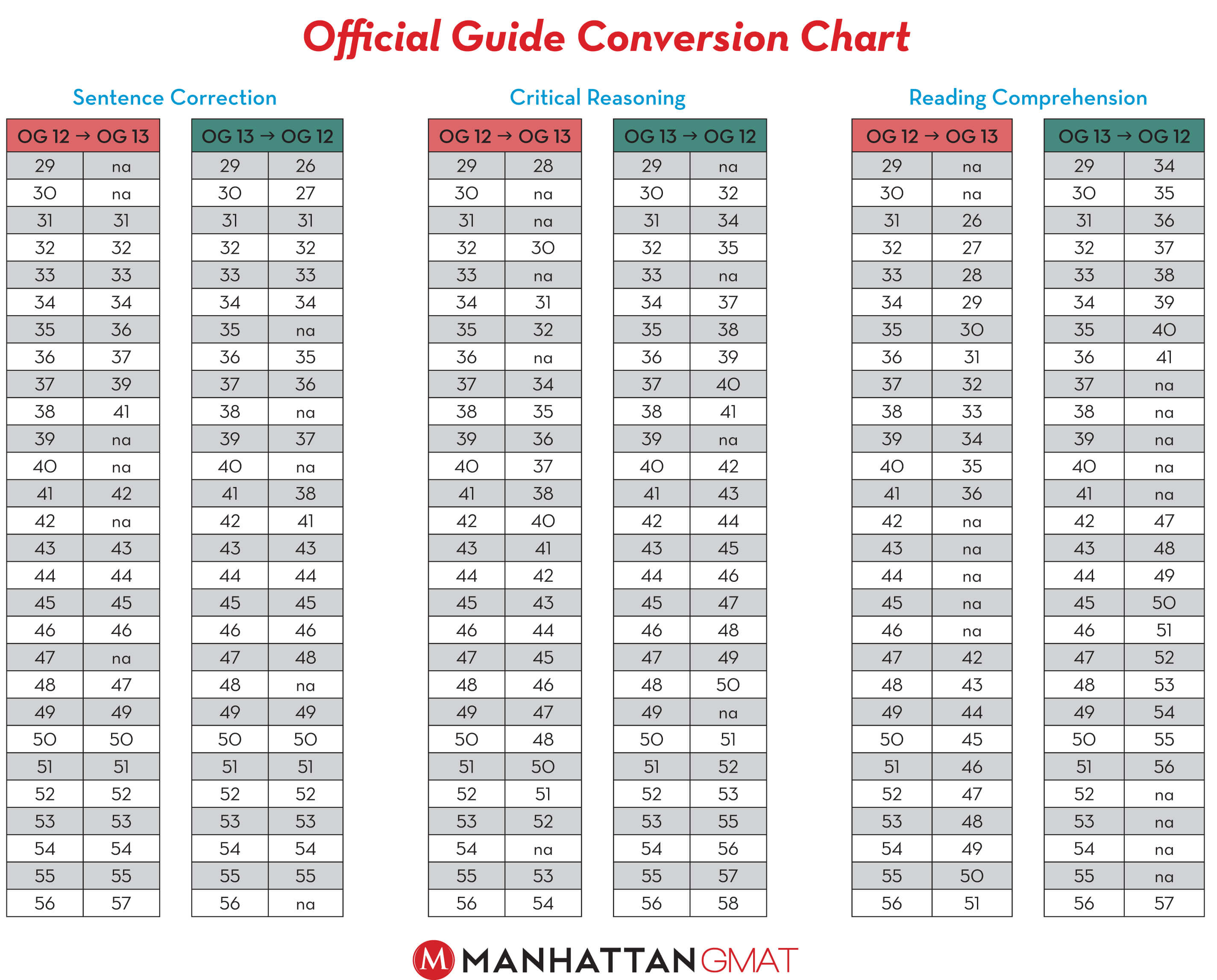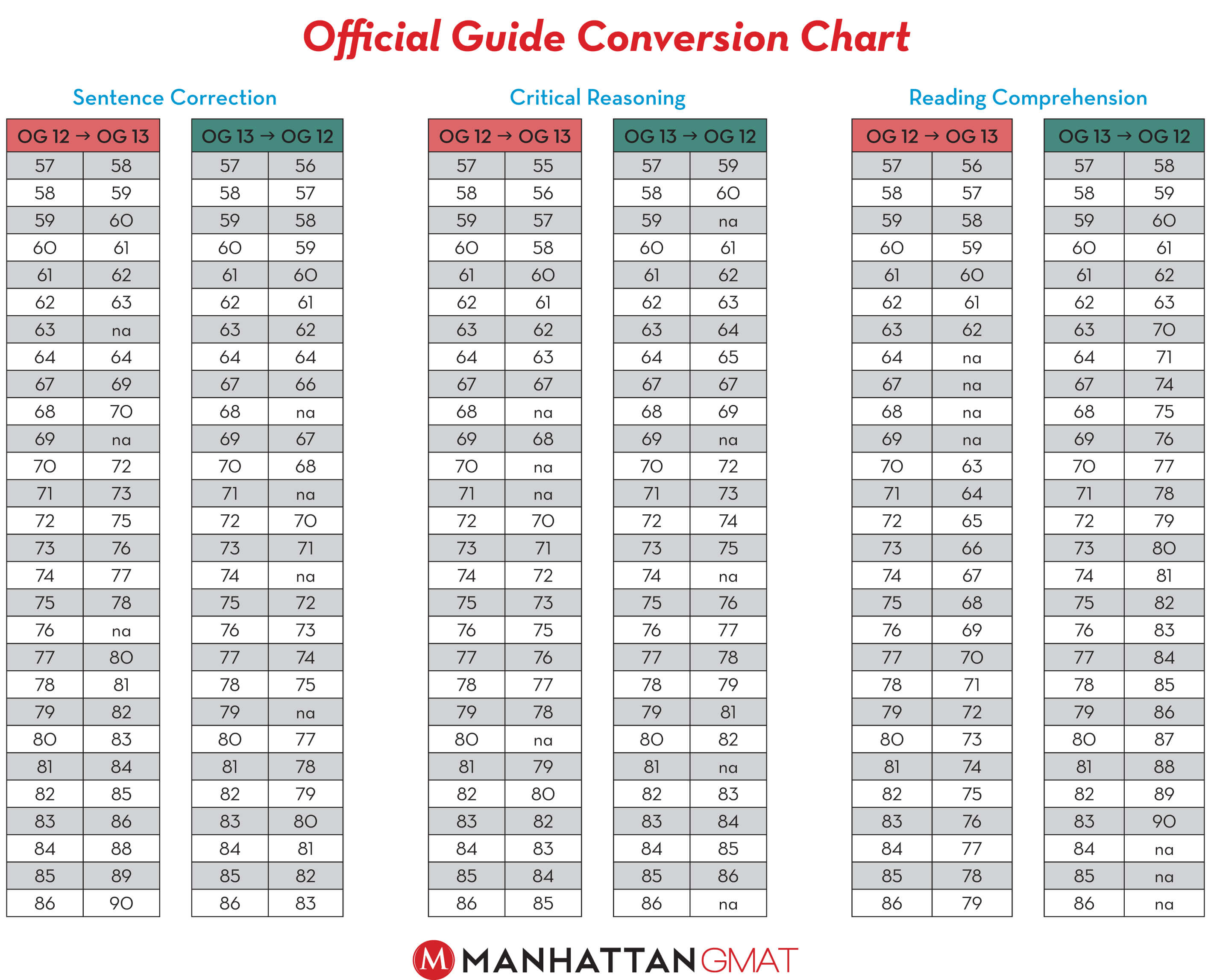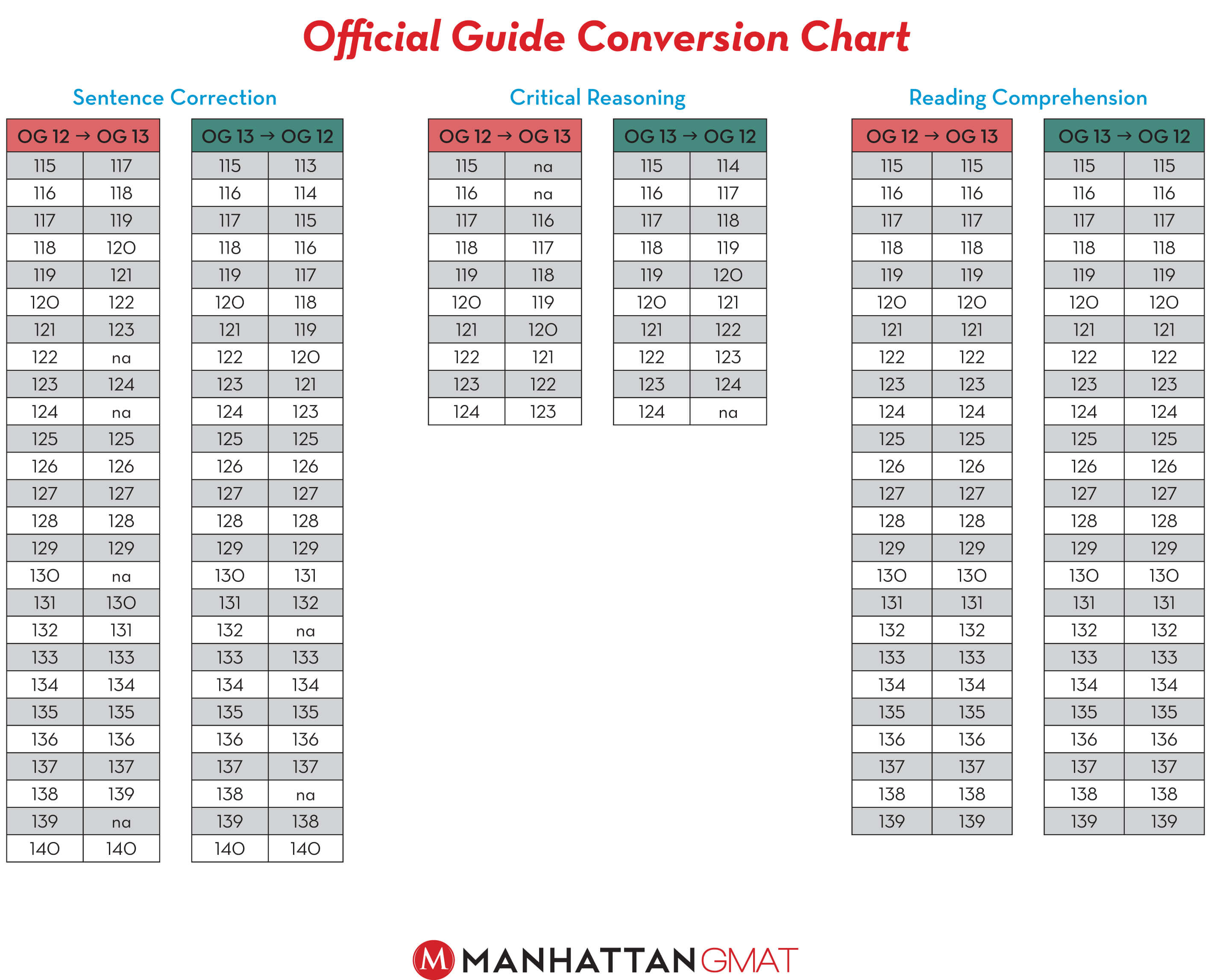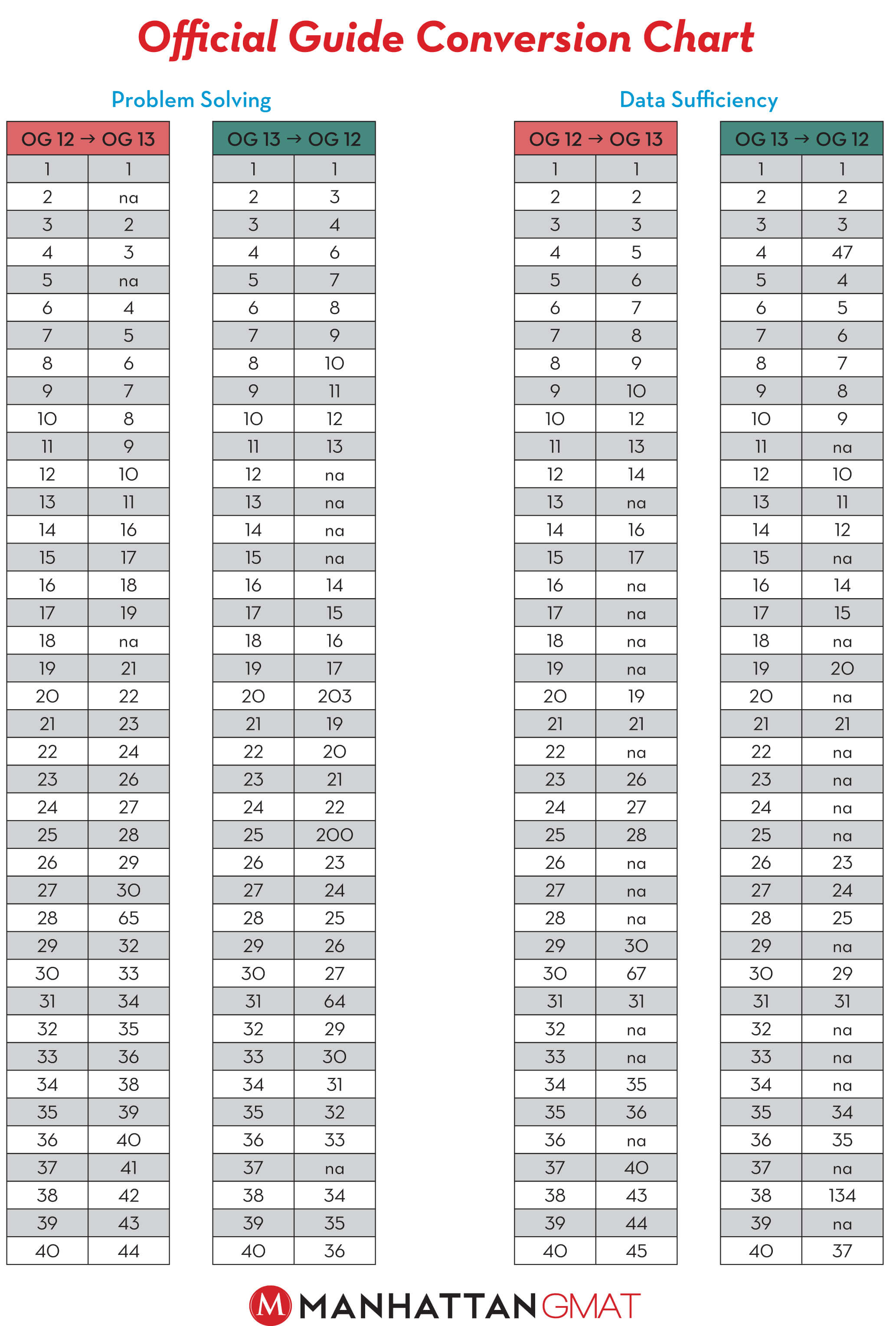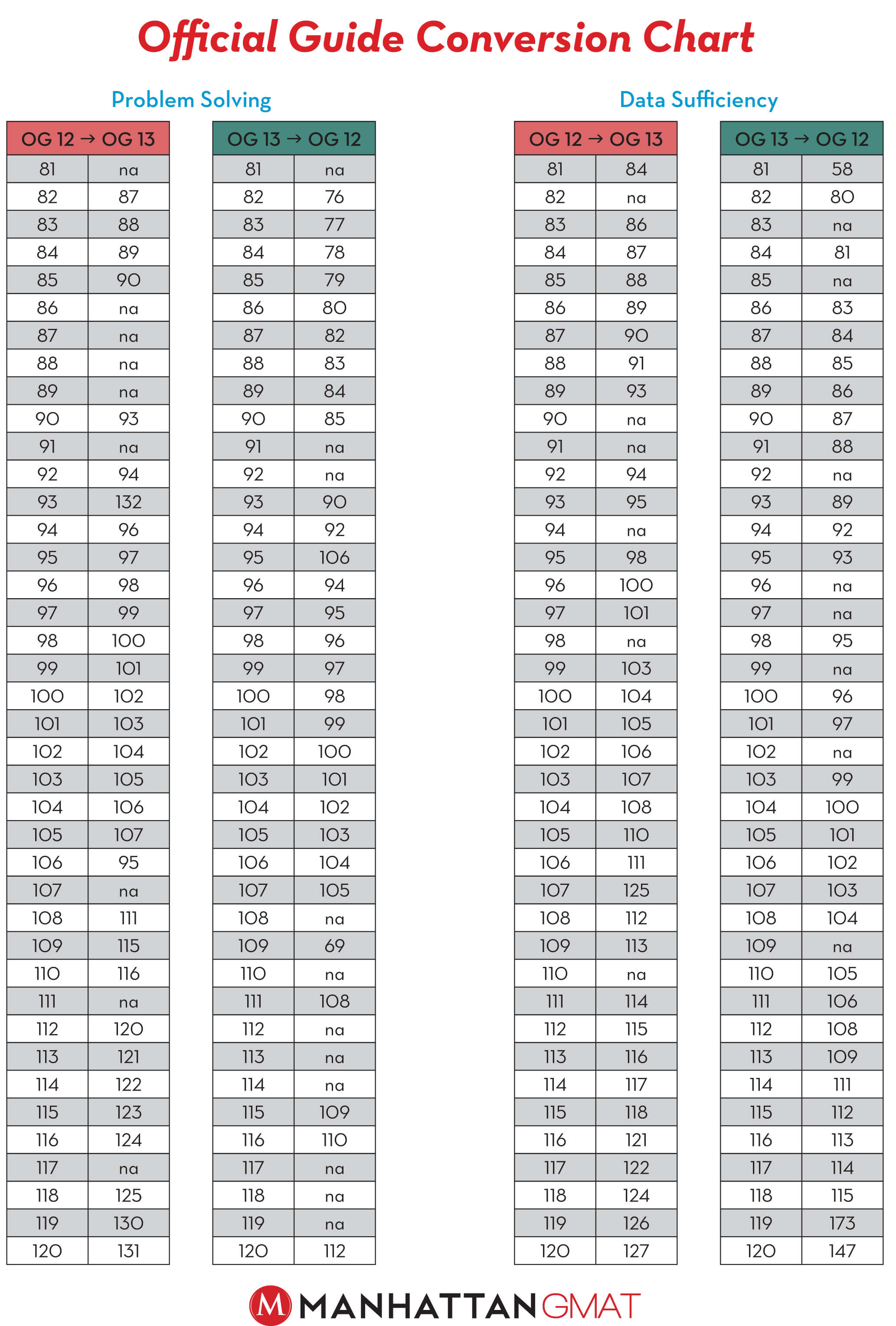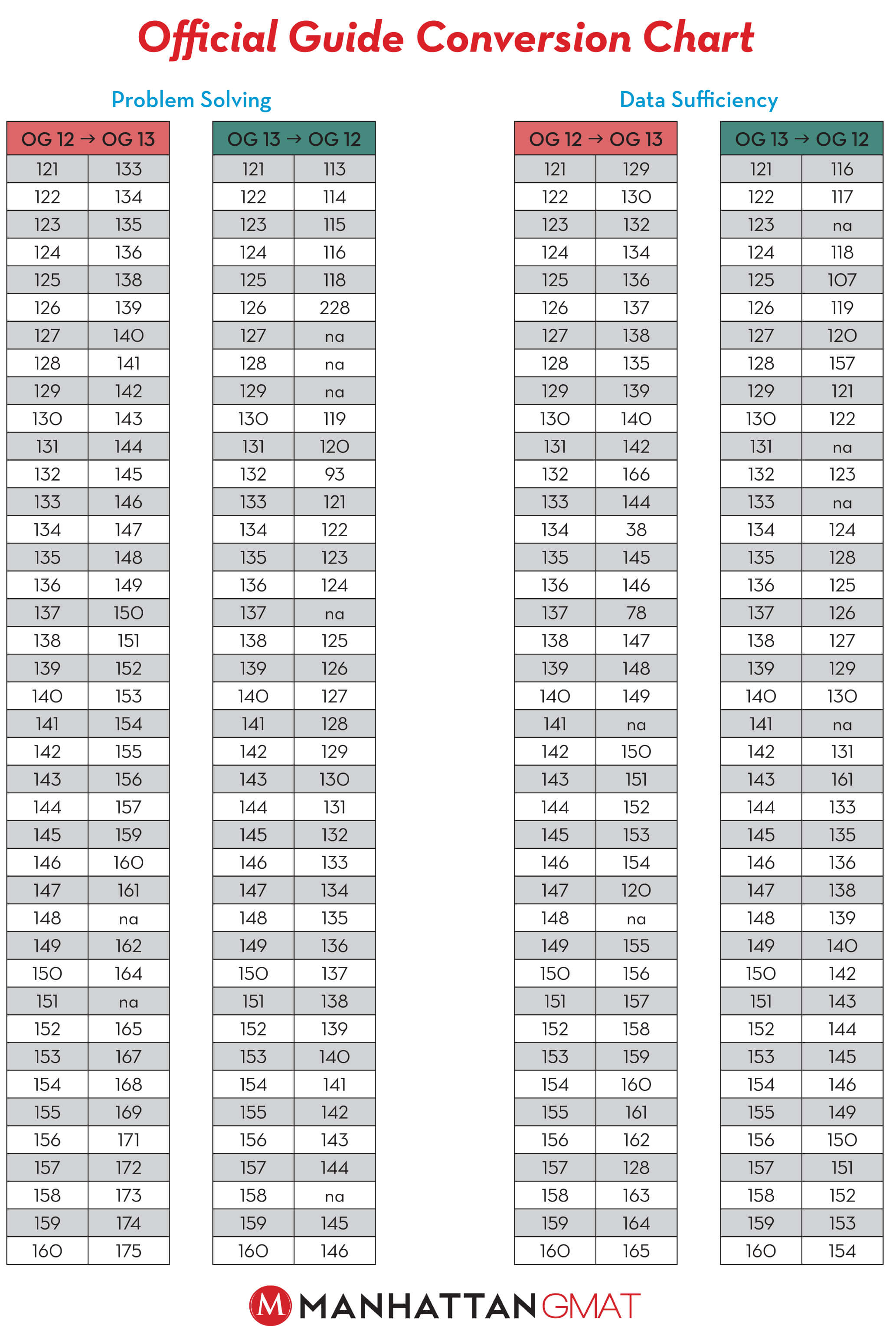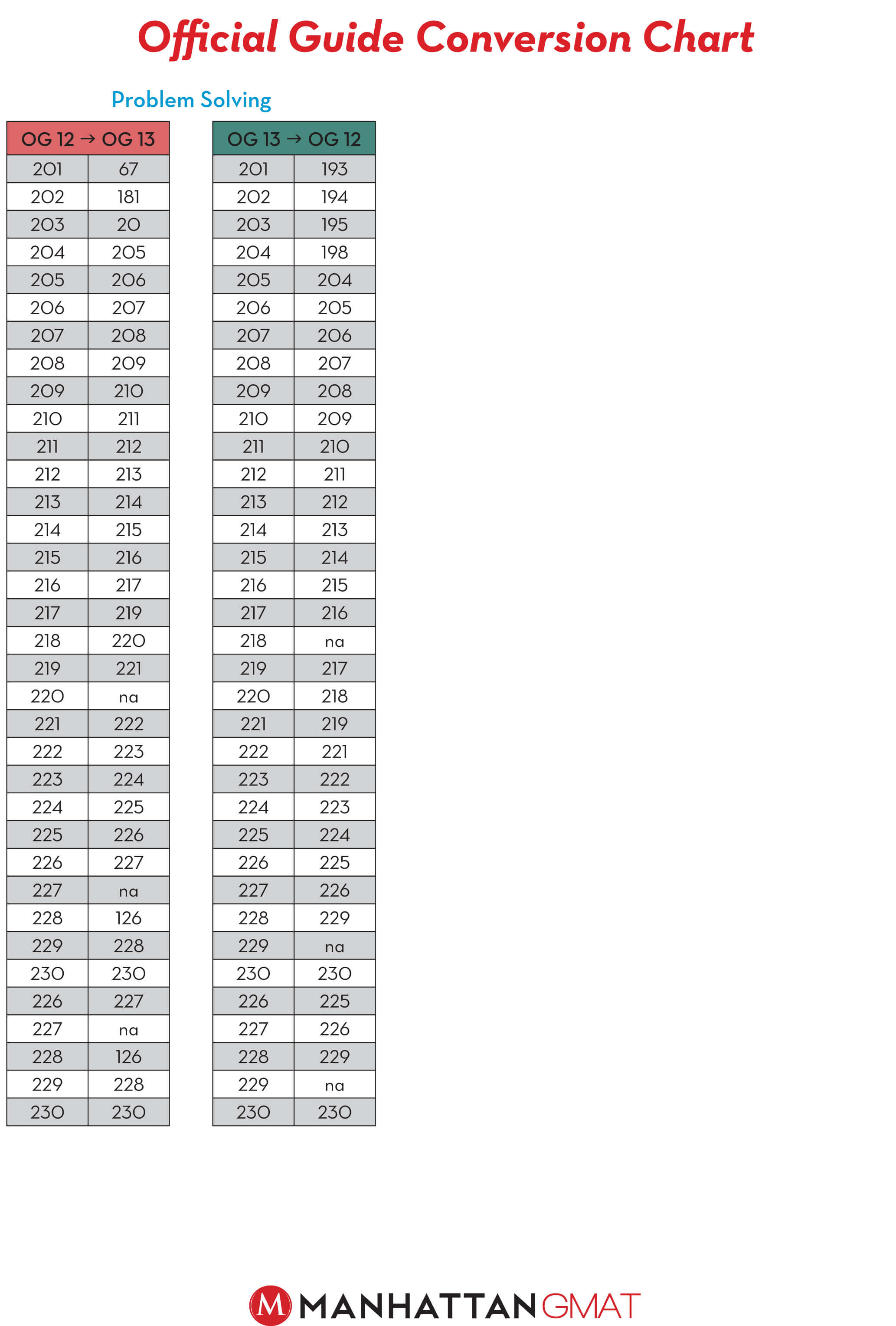GMAT Challenge Problem Showdown: May 27, 2013

We invite you to test your GMAT knowledge for a chance to win! Each week, we will post a new Challenge Problem for you to attempt. If you submit the correct answer, you will be entered into that week’s drawing for a free Manhattan GMAT Prep item. Tell your friends to get out their scrap paper and start solving!
Here is this week’s problem:
In the trapezoid above, with sides a, b, c, and 1, what is the value of ac ?
(1) a + c = b
(2) a “ c = 1
mbaMission: Columbia Business School Essay Analysis, 2013-2014
We’ve invited mbaMission to share their Business School Essays Analyses as they’re released for the 2013-2014 application season. Here is their first analysis, for Columbia Business School.
Introductory Note: Typically, Harvard Business School launches the MBA application season and then other business schools quickly follow suit. Earlier this week, HBS admissions director, Dee Leopold, announced that HBS would be releasing its essays during the final week of May. Meanwhile, Columbia Business School’s Admissions Director, Amanda Carlson, sent a message that she waits for no one. CBS officially released its essay questions today “ you will find the questions and our analysis below.
This year, Columbia Business School (CBS) continues a trend that has developed over the past three seasons, once again reducing the number of words applicants can use to tell their story. Last year, CBS allowed applicants 200 characters with which to respond to its short-answer question and 1,250 words total for its three essays”not much room to showcase one’s strongest attributes and set oneself apart from the pack. Now, CBS candidates have a mere 100 characters for the short-answer question and 1,000 words for the three essays.
Unfortunately, this reduced word count does not make your task as an applicant any easier”especially when you have only one essay (Essay 3) in which to discuss something outside the professional/academic realm and reveal your more personal side. Hopefully, our essay analysis can help you strategize
 Short Answer Question: What is your immediate post-MBA professional goal? (100 characters maximum)
Short Answer Question: What is your immediate post-MBA professional goal? (100 characters maximum)
Do not pretend to be anything you are not. Reveal honest, ambitious goals that are also realistic.
These two sentences are 98 characters long. You can now see just how brief you need to be with CBS’s short-answer question. Yet you must still demonstrate that you can convey a point within such strict limits. So, we are sticking with the advice in our example. Do not misguidedly believe that admissions officers have a preference for specific professions or industries”they do not. Think about what you truly want to do with your career and state it directly. Then, be sure that the rest of your application provides evidence that this goal connects to your existing skills and profound interests, making your professed goal achievable and lending credibility to your statement here. If you can do this in 100 characters”and remember that we are talking about characters, not words”you will have answered this question quite well.
Essay 1: Given your individual background, why are you pursuing a Columbia MBA at this time? (Maximum 500 words)
Because the CBS admissions committee is asking why you have chosen to pursue an MBA, you can justifiably delve into your professional career and explain how you identified your need for this particular advanced degree. However, take care not to overwhelm the admissions committee with an unnecessary level of detail about your career history. We cannot emphasize this strongly enough”the admissions committee does not want a recap of your entire resume”moreover, such detail would use up valuable word count. Approximately 100“150 words on your past should be enough to provide appropriate context.
Guest Post: Getting A European MBA – A Unique Experience
Editors Note: The following is a guest post by our friends at Access MBA.
 When choosing between business schools in Europe and the United States, the main thing to keep in mind is that the decision is very personal. Take a good look at the available options and do not let yourself be influenced by rankings. If your background fits in better with a school that may be a little outside the top 10, 20 or 30, don’t let that worry you. Here are some of the advantages European business schools have over their overseas counterparts.
When choosing between business schools in Europe and the United States, the main thing to keep in mind is that the decision is very personal. Take a good look at the available options and do not let yourself be influenced by rankings. If your background fits in better with a school that may be a little outside the top 10, 20 or 30, don’t let that worry you. Here are some of the advantages European business schools have over their overseas counterparts.
Less Expensive. The two-year program is still considered to be the American standard for the full-time MBA. In Europe, the duration of an MBA program is one year or eighteen months, which becomes less expensive than a two-year program and entails lower overall living costs. Nevertheless the quality of the programs can be very high, which explains the growing number of triple-accredited business schools in Europe.
More Specialized MBA Programs. Europe boasts schools that are known for certain specific core competencies. Ranked the best European business school by the Financial Times in 2012, IE Business School is, for example, the perfect place to develop your career with its focus on innovation, diversity and entrepreneurship.
OG 13 Conversion Guide – Verbal
Need to convert your Official Guide 12 problems to OG13 problems? Or visa versa? Check out our hand-dandy conversion guide for Quant problems, below. You can find our conversion guide for Quant problems here.
OG 13 Conversion Guide – Quant
Need to convert your Official Guide 12 problems to OG13 problems? Or visa versa? Check out our hand-dandy conversion guide for Quant problems, below. You can find our conversion guide for Verbal problems here.
Challenge Problem Showdown – March 25, 2013

We invite you to test your GMAT knowledge for a chance to win! Each week, we will post a new Challenge Problem for you to attempt. If you submit the correct answer, you will be entered into that week’s drawing for a free Manhattan GMAT Prep item. Tell your friends to get out their scrap paper and start solving!
Here is this week’s problem:
Which of the following cannot be the sum of two or more consecutive positive integers?
Higher Acceptance Rates: If Only History Could Predict the Future
Note: This post is by Liza Weale, Senior Consultant at mbaMission
![]() The news is out: as our friends at Poets & Quants shared this week, selectivity at top business schools dropped during the 2011“2012 application cycle, with a few exceptions.
The news is out: as our friends at Poets & Quants shared this week, selectivity at top business schools dropped during the 2011“2012 application cycle, with a few exceptions.
While almost all the top-ranked MBA programs saw a decrease in selectivity, the biggest change was at the University of Michigan’s Ross School of Business. Two years ago, Ross reported an acceptance rate of 32%, but for the most recent application cycle, the reported rate was 41%.
So, if you’ve been considering applying to business school, you may be thinking you’d be a shoo-in now, right? If only history could predict the future.
What exactly will the acceptance rate look like at Ross next year? Will the school see a flood of applicants hoping to benefit from the higher acceptance rate”therefore actually lowering the acceptance rate? Or will candidates choose to apply elsewhere? Will Ross see a higher yield (the percentage of admitted students who enroll at the school) and have to ask people to defer their offer, as the MIT Sloan School of Management was forced to do this past summer?
The reality is that you cannot possibly know how many people”or especially, how many qualified people”are applying to a particular program in a given application season.
Business school is a long-term investment; it’s not day trading. If you’re hoping to capitalize on short-term market fluctuations, you are likely going to be disappointed. So, instead, assume that the schools are going to be just as competitive as ever and put together the most compelling application possible. Here are some thoughts to help you get started.
- Get to know the schools in-depth to find the right fit for you”visit campuses, sit in on classes, talk to alumni, scour the information available online. Not only will this firsthand research help you better identify the proper programs for what you are seeking, but it will also come in handy when you are asked to explain in your essays and interviews why Yale/Ross/Anderson/Kelley/etc. is the best fit for you. And a side note: if the MBA programs are feeling pinched for applicants, their students will surely benefit in the end. Whether through new or improved facilities, added courses, star faculty, or other significant investments, the schools are eager to do what they must to attract the best and the brightest.
- Invest in the GMAT”follow a plan that builds both skills and endurance over time. All too often, candidates assume that because they did well on the SAT, they’ll do well on the GMAT; as a result, they fail to study properly, are disappointed with their results and find themselves scrambling after their first attempt. Assume that you’ll be studying at least a half dozen hours a week for a few months, and realize that only 10% of test takers achieve that coveted 700 score.
- Be thoughtful about your candidacy. Are you, say, a consultant”as are so many other applicants? If so, think about the stories from your life that highlight your atypical qualities and achievements. Perhaps you traveled to China for two months to work on a start-up or helped your little sister rebound academically after some low grades. Do you come from a nontraditional background like education? If so, focus on showcasing experiences that illustrate your critical thinking skills”skills an admissions committee might not otherwise assume that you have.
Bottom line: do not stress (or relax!) too much about the numbers. Getting into business school is hard work, and it always will be. Gaming the system is impossible, so don’t waste your time wondering about questions you can’t answer and things you cannot control. Direct that energy instead to crafting the best application you can, and you will be fine. In fact, you may even enjoy the process.
Challenge Problem Showdown – March 11, 2013

We invite you to test your GMAT knowledge for a chance to win! Each week, we will post a new Challenge Problem for you to attempt. If you submit the correct answer, you will be entered into that week’s drawing for a free Manhattan GMAT Prep item. Tell your friends to get out their scrap paper and start solving!
Here is this week’s problem:
In the expression a $ b, the $ symbol represents one of the following arithmetic operations on a and b (in the order the variables are shown): addition, subtraction, multiplication, and division. Given that it is not true that a $ b = b $ a for all possible values of a and b, a pair of nonzero, non-identical values for a and b is chosen such that a $ b produces the same result, no matter which of the operations (under the given constraints) that $ represents. The nonzero value of b that cannot be chosen, no matter the value of a, is
Challenge Problem Showdown – March 4, 2013

We invite you to test your GMAT knowledge for a chance to win! Each week, we will post a new Challenge Problem for you to attempt. If you submit the correct answer, you will be entered into that week’s drawing for a free Manhattan GMAT Prep item. Tell your friends to get out their scrap paper and start solving!
Here is this week’s problem:
At noon, Adam begins painting a house. Two hours later, Clara begins painting the same house and one hour after that, Wong begins painting the house. Each works without stopping at his or her respective constant rate. In the end, each paints 1/3 of the house. Working together and starting at the same time, Adam and Wong could paint the entire house in half the time it would take Clara to paint the house by herself. How long would it take Adam to paint the house entirely by himself?
Challenge Problem Showdown – Feb 25, 2013

We invite you to test your GMAT knowledge for a chance to win! Each week, we will post a new Challenge Problem for you to attempt. If you submit the correct answer, you will be entered into that week’s drawing for a free Manhattan GMAT Prep item. Tell your friends to get out their scrap paper and start solving!
Here is this week’s problem:
If x3.5 > y2.5 > z1.5, then which of the following cannot be true?


